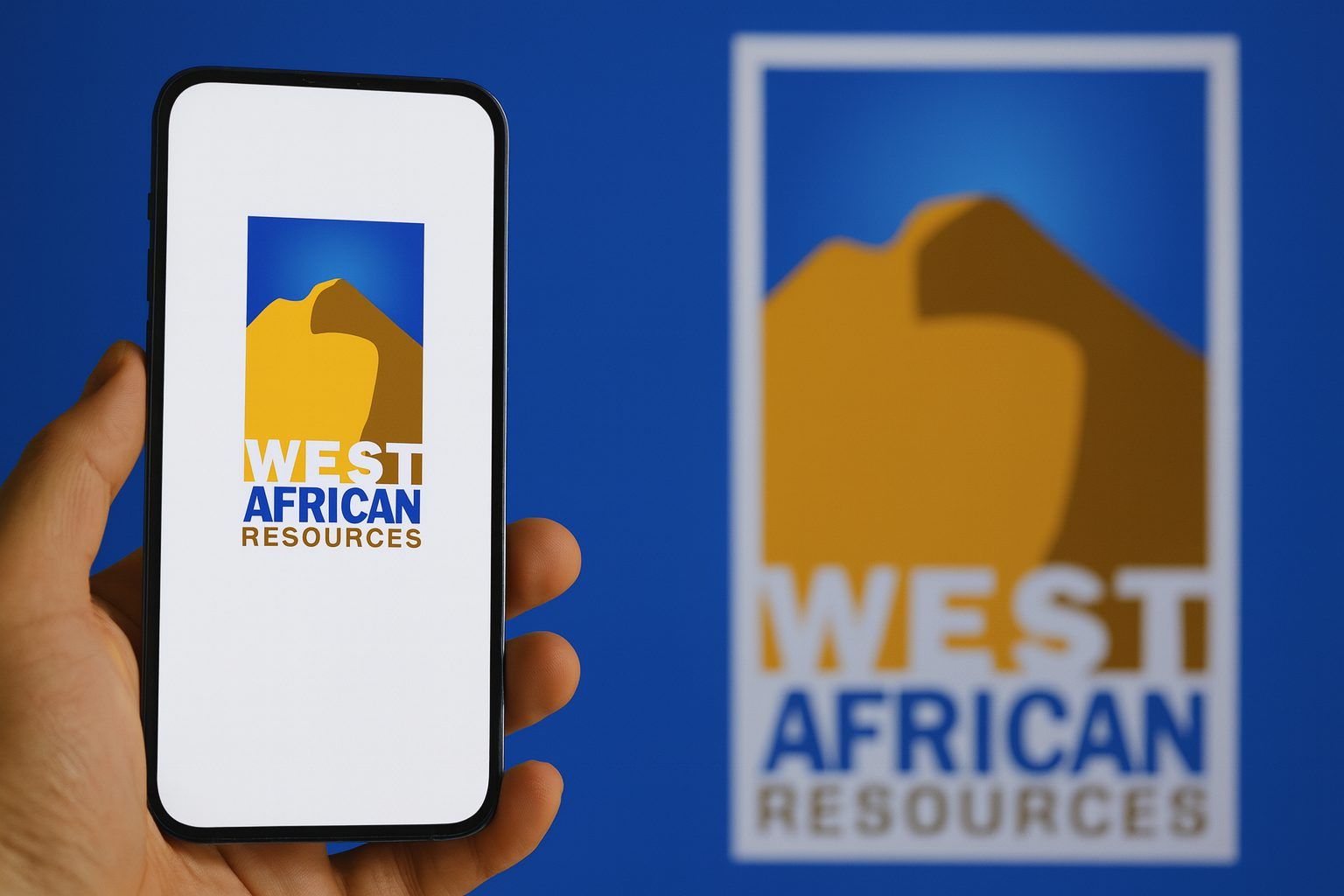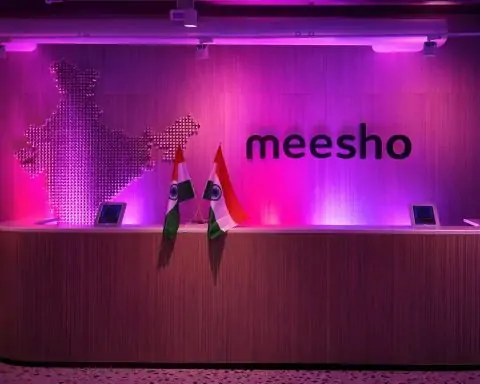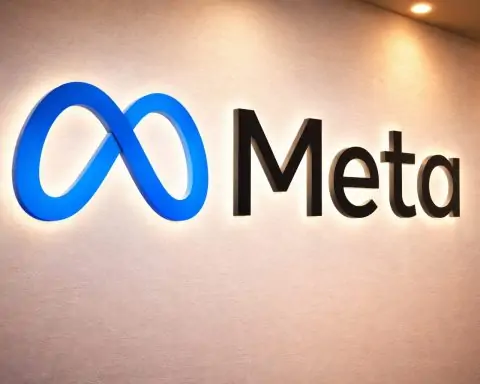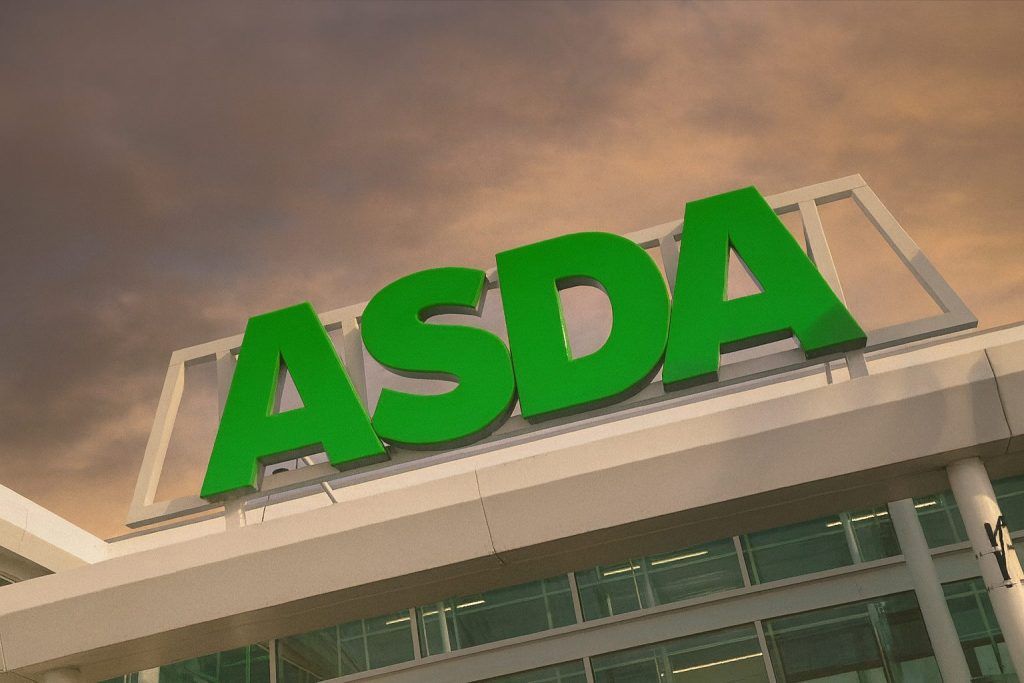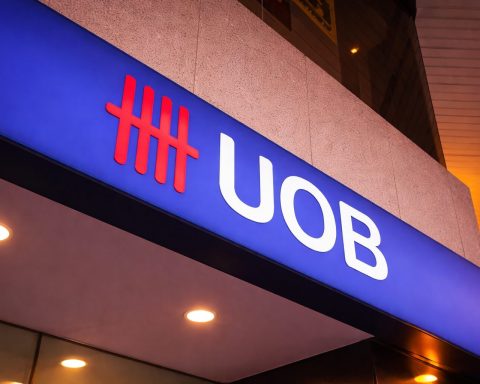SYDNEY – Friday, 28 November 2025
West African Resources Ltd (ASX: WAF) shares are stabilising today after a volatile week in which the stock returned from a three‑month ASX suspension, plunged on renewed political risk in Burkina Faso, and then clawed back some ground as fresh data and commentary hit the market.
As of late trade on Friday, West African Resources is changing hands at around A$2.75 per share, up roughly 1.5% on the day but still notably below where it traded before the halt. Data from Investing.com shows WAF at A$2.75, versus a previous close of A$2.71, with an intraday range between A$2.65 and A$2.82 and a 52‑week range of A$1.415 to A$3.09. [1]
Despite the turbulence, new market commentary today highlights that West African Resources has re‑emerged as one of the standout ASX 200 gold names on a 1‑month and 1‑year basis, even as investors continue to price in heightened sovereign risk around the Kiaka gold project in Burkina Faso. [2]
West African Resources share price today (28 November 2025)
Market data across several platforms paints a consistent picture: WAF has bounced modestly today but remains under pressure versus recent highs.
- Last price: A$2.75 (Investing.com) [3]
- Day move: +A$0.04 (+1.48%) versus yesterday’s A$2.71 close [4]
- Intraday range: A$2.65 – A$2.82 [5]
- 52‑week range: A$1.415 – A$3.09 [6]
- Market cap: roughly A$3.1 billion, based on recent quotes around A$2.7–2.8 per share [7]
Market Index’s ASX dashboard shows WAF around A$2.73 recently, with a double‑digit percentage fall over the past week, reflecting the sharp repricing after trading resumed. [8] Intelligent Investor data similarly flags that the stock is down about 9–10% versus seven days ago. [9]
Taken together, today’s price action looks less like a new sell‑off and more like consolidation after a shock event: a modest intraday gain, heavy volume, and a price still well below pre‑halt levels.
Fresh coverage today: WAF back in ASX 200 performance and “penny stock” screens
Several pieces of analysis dated 28 November 2025 put West African Resources back on the radar for Australian equity watchers:
- Market Index “ASX 200 stocks with the best performance – Week 48” (published 11:22 AEDT) singles out WAF in its return and risk‑adjusted performance scans. The article notes that:
- WAF has re‑entered the Top 20 ASX 200 stocks by 1‑month return, joining a cluster of gold names riding the sector’s strong run. [10]
- On a 12‑month view, WAF also appears in a “best reward vs risk” list based on the Sortino ratio, indicating that, despite volatility, its risk‑adjusted performance over the past year remains strong. [11]
- The editor gives WAF a “special shout‑out” for rejoining these lists after months off the board during its trading suspension and emphasises management’s statement that negotiations with the Burkina Faso government are “constructive” and that 2025 production guidance remains unchanged. [12]
- Simply Wall St’s “ASX penny stocks to consider in November 2025” includes WAF in a screen of lower‑priced ASX names, listing it at A$2.71 per share with a market cap of about A$3.09 billion and summarising the stock as having “4 key rewards and 2 important warning signs” based on its fundamental profile. [13]
- Several Kalkine Media features published or updated today also reference WAF in broader themes:
- An ASX 200 evening wrap notes that West African Resources, alongside other gold names, helped support the index as investors rotated into defensive commodity plays. [14]
- Other Kalkine pieces on ASX 200 “penny stocks” and small‑cap opportunities describe WAF as a gold‑focused producer and explorer that sits in the crossover zone between traditional blue‑chip gold miners and higher‑beta “penny stock” strategies. [15]
None of this fresh coverage introduces new price‑sensitive information from West African Resources itself; rather, it interprets the existing news flow around the Burkina Faso stake negotiations and the resumption of trading, while highlighting that WAF still ranks highly on several performance and valuation metrics.
Why WAF was halted – and why that still matters today
To understand today’s trading in West African Resources, investors are still working through the events that began in late August:
- In late August, Burkina Faso’s government requested an additional 35% equity stake in the Kiaka gold project, which would lift the state’s interest from 15% to 50%. [16]
- WAF requested a trading halt on the ASX on 28 August 2025, and its shares were later suspended as the company worked through the implications and engaged with both the government and the exchange. [17]
- The stake request came against a broader backdrop of resource nationalisation in Burkina Faso. Reuters reporting notes that the military government has been transferring existing mines and exploration permits into a new state‑owned mining company, Société de Participation Minière du Burkina (SOPAMIB), and has already nationalised several assets at relatively modest valuations. [18]
The combination of a long suspension, an opaque negotiation process, and a rapidly evolving mining code meant that by the time WAF’s stock resumed trading this week, a lot of political risk had been bottled up. That risk is still the dominant lens through which the market views today’s share price.
“WAF advances discussions” – the company’s November 25 update
The key company announcement informing this week’s trading came on 25 November 2025, with the ASX‑lodged release “WAF advances discussions with Burkina Faso Government.” [19]
In that update, West African Resources disclosed that:
- It has submitted a proposal to the Burkina Faso government that would increase national participation and government revenue from a portfolio of new and previously closed mining projects across the country, as an alternative to the state buying a larger equity stake directly in Kiaka. [20]
- The Minister for Mines invited WAF to continue negotiations with SOPAMIB, the state‑owned entity tasked with owning and managing strategic mining assets. [21]
- Crucially for the valuation debate, WAF said that 2025 group production guidance remains unchanged and that operations at both the Sanbrado and Kiaka gold operations are continuing as normal, with no direct impact reported from the stake discussions. [22]
That reassurance – production still on track, negotiations described as “constructive” – is one reason WAF can simultaneously appear on lists of top gold performers and high‑risk political plays at the same time.
From 16% plunge to today’s stabilisation
When trading finally resumed, the market reaction was swift.
- On 26 November 2025, WAF shares slumped around 16% on very heavy volume, closing near A$2.56 as investors digested the long‑delayed details of the Burkina Faso stake talks. TS2 Tech+2Stocks Down Under+2
- Coverage from TS2 Tech described the sell‑off as a repricing of Kiaka’s political risk, noting that the government’s push for a 50% stake could materially reduce the project’s long‑term economics for shareholders unless offset by alternative arrangements. TS2 Tech+1
- MarketIndex’s own evening wrap summarised WAF as one of the day’s biggest losers, flagging the “Reinstatement to Quotation” and the “WAF advances discussions” announcement as the key drivers. [23]
The following day, 27 November, the stock appeared to find a floor. TS2 Tech’s follow‑up noted that the WAF share price “held ground” after the post‑halt plunge, with traders digesting an investor webinar and conference call held on 26 November, where management reiterated guidance and emphasised the constructive tone of talks with the government. TS2 Tech+2Market Index+2
By today, 28 November, the tone has shifted from panic to cautious normalisation:
- WAF is modestly higher intraday,
- Weekly performance is still negative in the high single to low double digits, and
- The stock is being re‑indexed and re‑screened in mainstream data and “top stocks” lists rather than sitting in a suspended limbo. [24]
Fundamentals and valuation: cheap gold producer or political value trap?
On raw numbers, West African Resources still screens as inexpensive relative to many gold peers:
- StockLight pegs WAF’s price/earnings (P/E) ratio at about 9.4x, versus an ASX gold sector average closer to 17x, and its price/sales ratio at around 3.6x, well below the sector’s extremely high average impacted by smaller explorers. [25]
- Eulerpool and other data providers show variations on the theme – some models put WAF’s P/E closer to 6–10x depending on whether trailing or forward earnings are used, and price/book around 2.4–3.4x. [26]
- StockAnalysis estimates FY 2025 revenue at roughly A$860–870 million and a market capitalisation near A$3.1 billion, implying that investors are paying a relatively modest multiple for a mid‑tier gold producer with two operating mines. [27]
Third‑party valuation work leans bullish – with caveats:
- Investing.com’s WAF page cites a consensus 12‑month price target around A$3.80, implying roughly 38% upside from today’s A$2.75 share price, and notes an overall “Neutral” analyst sentiment. [28]
- Simply Wall St projects a long‑term narrative in which WAF grows revenue to about A$2.2 billion and earnings to roughly A$782 million by 2028, implying a fair value near A$4.00 per share – close to 50% above current levels – if those growth assumptions and margins are realised. [29]
At the same time, TS2 Tech and other commentators point out that broker views have cooled as political risk has increased: recent ratings cluster around A$3.00–3.50 price targets, with at least one broker downgrade to “Sell” as the Kiaka negotiations escalated. TS2 Tech
In short, a lot of valuation upside now explicitly depends on how much of Kiaka’s future cash flow shareholders keep versus what ends up flowing to the state under any revised ownership or revenue‑sharing deal.
Operations, growth profile and gold price backdrop
Beyond the politics, West African Resources remains a pure‑play Burkina Faso gold producer:
- WAF owns 90% of the Sanbrado gold mine and 90% of the Kiaka gold project, plus a 100% interest in the Toega exploration project, all in Burkina Faso’s prolific Markoye fault region. [30]
- The company’s long‑term production plan, outlined in an August 2025 update and subsequent Reuters brief, targets group gold output peaking around 569,000 ounces in 2029, with:
- An average 243,000 oz per year from Sanbrado between 2025 and 2034, and
- Around 248,000 oz per year from Kiaka from 2026 onwards. [31]
Recent quarterly reports, referenced in this week’s media coverage and investor webinar, have shown:
- Strong operating cash flow,
- Heavy but expected capital expenditure as Kiaka ramps up, and
- Rising but manageable net debt in the A$400‑plus million range. TS2 Tech+2StockLight+2
All of this is leveraged to a very strong gold price environment. Gold has been trading near record territory, with recent data showing:
- Gold futures around US$4,160–4,220/oz in late November, [32]
- An average spot price above US$4,080/oz for November 2025, up more than 50% versus a year ago. [33]
West African Resources remains largely unhedged, meaning its revenues rise and fall directly with the gold price – a major positive while prices are near record highs, but also a source of potential downside if bullion were to correct. TS2 Tech+1
Key risks still dominating the WAF investment story
Even as today’s move looks relatively calm, the risk side of the ledger remains unusually heavy for a mid‑tier producer:
- Political and resource‑nationalisation risk
- Burkina Faso’s government has accelerated moves to nationalise or increase control over gold assets, including nationalising several mines and consolidating them into SOPAMIB. [34]
- The request for a 50% stake in Kiaka is widely seen as a test case for how this new policy framework will treat foreign miners. The eventual structure – whether equity, quasi‑royalty, production sharing or something more novel – will be central to WAF’s long‑term valuation. [35]
- Single‑jurisdiction exposure and security concerns
- All of WAF’s producing and development assets are in Burkina Faso, a country that has experienced coups, insurgency and heightened security risks in recent years. [36]
- That concentration magnifies the impact of any change in security conditions, fiscal regime or ownership rules. TS2 Tech notes that for many investors, this jurisdiction risk is as important as mine‑level operating performance. TS2 Tech+1
- Balance sheet and capex commitments
- Recent financial data show strong cash generation but also significant investment outflows and rising debt as Kiaka is built out. TS2 Tech cites around A$250 million in annual operating cash flow versus nearly A$500 million of investing cash flow and net debt near A$426 million. TS2 Tech
- Any deal that reduces Kiaka’s economics, or delays to ramp‑up, could squeeze free cash flow and push leverage ratios higher than investors are comfortable with.
- Gold price volatility and unhedged exposure
- While record gold prices are currently a tailwind, WAF’s largely unhedged position means that a sustained pullback could meaningfully hit earnings and balance sheet flexibility. TS2 Tech+1
These risks are why commentary from outlets such as TS2 Tech and Simply Wall St repeatedly emphasises that WAF is not a simple “cheap gold stock” story: it is a leveraged bet on both gold and on a favourable political outcome in a high‑risk jurisdiction. TS2 Tech+1
What today’s stabilisation in WAF stock really signals
Today’s modest rise in West African Resources’ share price does not mark the end of the story – but it does suggest that the initial shock phase of the post‑halt repricing may be over.
- New market data and articles published on 28 November 2025 show WAF re‑entering mainstream performance tables and stock screens, rather than sitting as an untouchable outlier. [37]
- Valuation models from multiple providers continue to point to material upside if production plans are executed and if a workable compromise with the Burkinabè state is reached. [38]
- At the same time, political risk, single‑jurisdiction exposure and leverage mean that headline risk remains elevated, and future news from Ouagadougou may move the stock far more than any day‑to‑day variations in the gold price. [39]
For now, West African Resources sits at the intersection of three powerful forces:
- A historic gold bull market,
- A muscular push for greater state control over mining assets in Burkina Faso, and
- A company‑specific growth story built on Sanbrado, Kiaka and Toega.
Today’s trading suggests that investors are not fleeing that intersection – but they are pricing it with considerable caution.
References
1. www.investing.com, 2. www.marketindex.com.au, 3. www.investing.com, 4. www.investing.com, 5. www.investing.com, 6. www.investing.com, 7. stocklight.com, 8. www.marketindex.com.au, 9. www.intelligentinvestor.com.au, 10. www.marketindex.com.au, 11. www.marketindex.com.au, 12. www.marketindex.com.au, 13. simplywall.st, 14. kalkinemedia.com, 15. kalkinemedia.com, 16. www.mining.com, 17. www.intelligentinvestor.com.au, 18. www.mining.com, 19. announcements.asx.com.au, 20. announcements.asx.com.au, 21. announcements.asx.com.au, 22. announcements.asx.com.au, 23. www.marketindex.com.au, 24. www.marketindex.com.au, 25. stocklight.com, 26. eulerpool.com, 27. stockanalysis.com, 28. www.investing.com, 29. simplywall.st, 30. stocklight.com, 31. www.itiger.com, 32. finance.yahoo.com, 33. tradingeconomics.com, 34. www.mining.com, 35. www.mining.com, 36. www.mining.com, 37. www.marketindex.com.au, 38. www.investing.com, 39. www.mining.com
